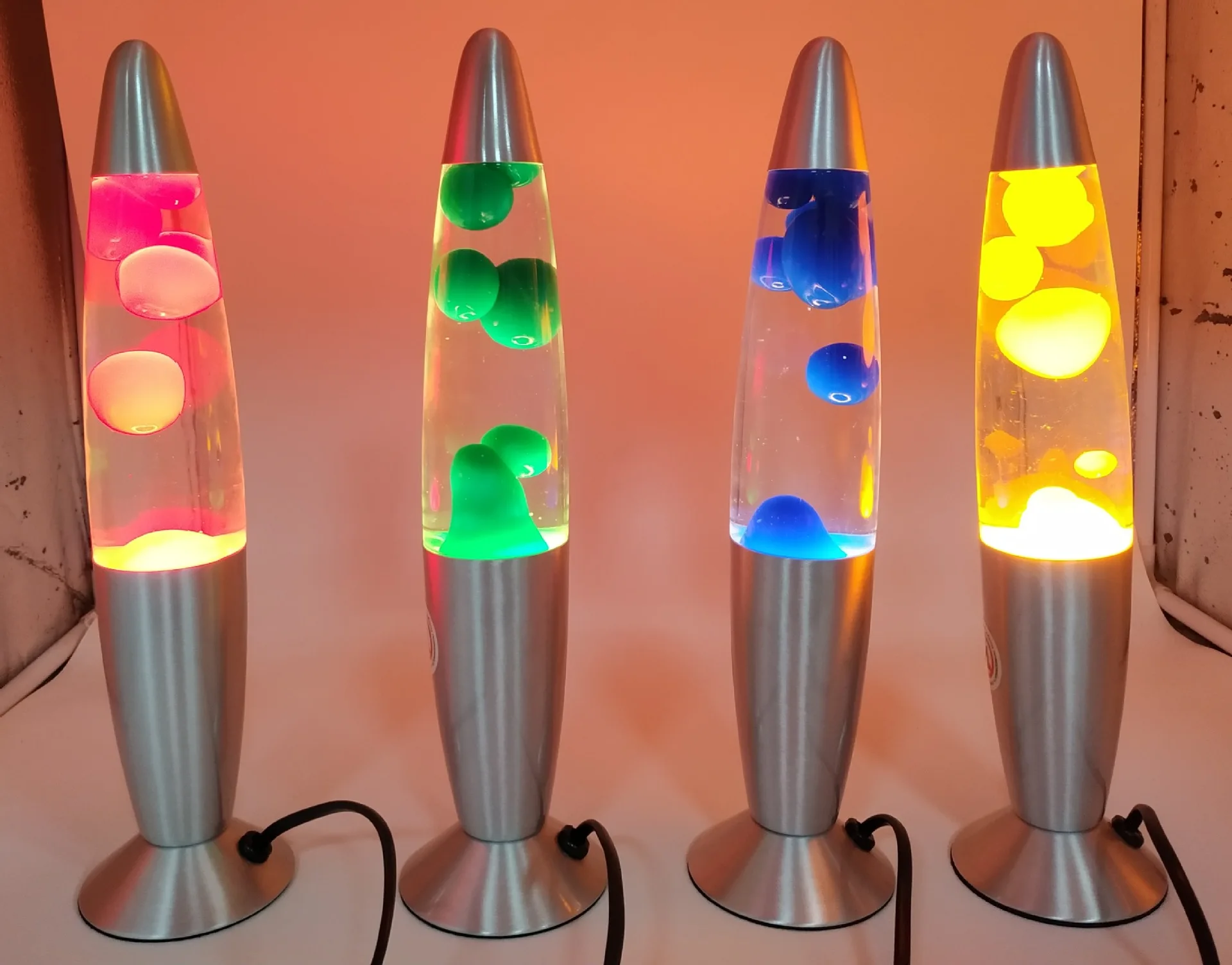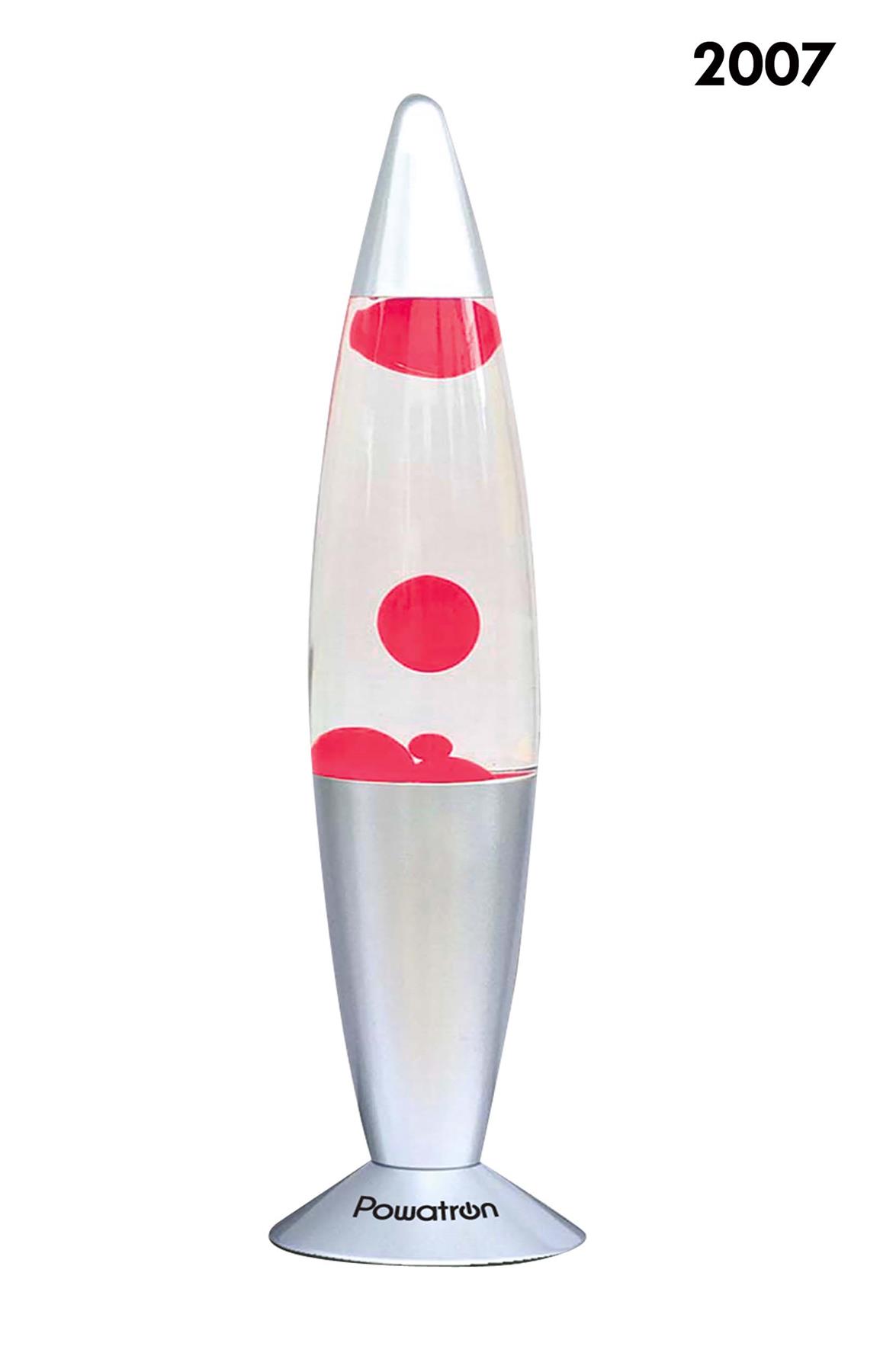
Cadmium (0.7%–1%) is added to copper to make a strong ductile metal that has a high annealing temperature but no serious loss of electrical conductivity. A typical filler metal contains 35% silver, 26% copper, 21% zinc, 18% cadmium and has a melting point of 608☌. Cadmium combined with silver, copper, and zinc forms several brazing filler metals.

These fusible alloys are used in applications ranging from fire-detection apparatus to accurate proof casting.Ĭadmium has limited use in soft solders combined with tin, lead, and zinc but its major application in the field of joining is for joints requiring higher-temperature strength than can be obtained with the soft solders. The alloys of cadmium with lead, tin, bismuth, and indium are unique because of their low melting points. It is combined with several of these elements to form a number of commercial alloys with special properties. It is also a major constituent of phosphors used in television tubes.Ĭadmium is mutually soluble in a number of other metallic elements. In conjunction with barium it forms a compound used to stabilize the color of finished plastics. Cadmium plating is not normally used on copper or brass since copper is electronegative to it, but when these metals are employed next to cadmium-plated steel a plate of cadmium may be used on the copper to lessen deterioration.Ĭadmium oxide is used extensively in plastics. The plated metal has a silvery-white color with a bluish tinge, is denser than zinc, and harder than tin, but electroplated coatings are subject to H 2 embrittlement, and aircraft parts are usually coated by the vacuum process. For a corrosion-resistant coating for iron or steel, a cadmium plate of 0.008 mm is equal in effect to a zinc coat of 0.025 mm.

Most of the consumption of cadmium is for electroplating. It is also used for Ni–Cd batteries and to shield against neutrons in atomic equipment, but gamma rays are emitted when the neutrons are absorbed, and these rays require an additional shielding of lead.

Cadmium is employed as an alloying element in soft solders and in fusible alloys, for hardening copper, as a white corrosion-resistant plating metal, and in its compounds for pigments and chemicals. A small addition of zinc makes it very brittle. It resembles tin and gives the same characteristic cry when bent, but is harder than tin. Cadmium (symbol Cd) is a silvery-white crystalline metal that has a specific gravity of 8.6, is very ductile, and can be rolled or beaten into thin sheets.


 0 kommentar(er)
0 kommentar(er)
